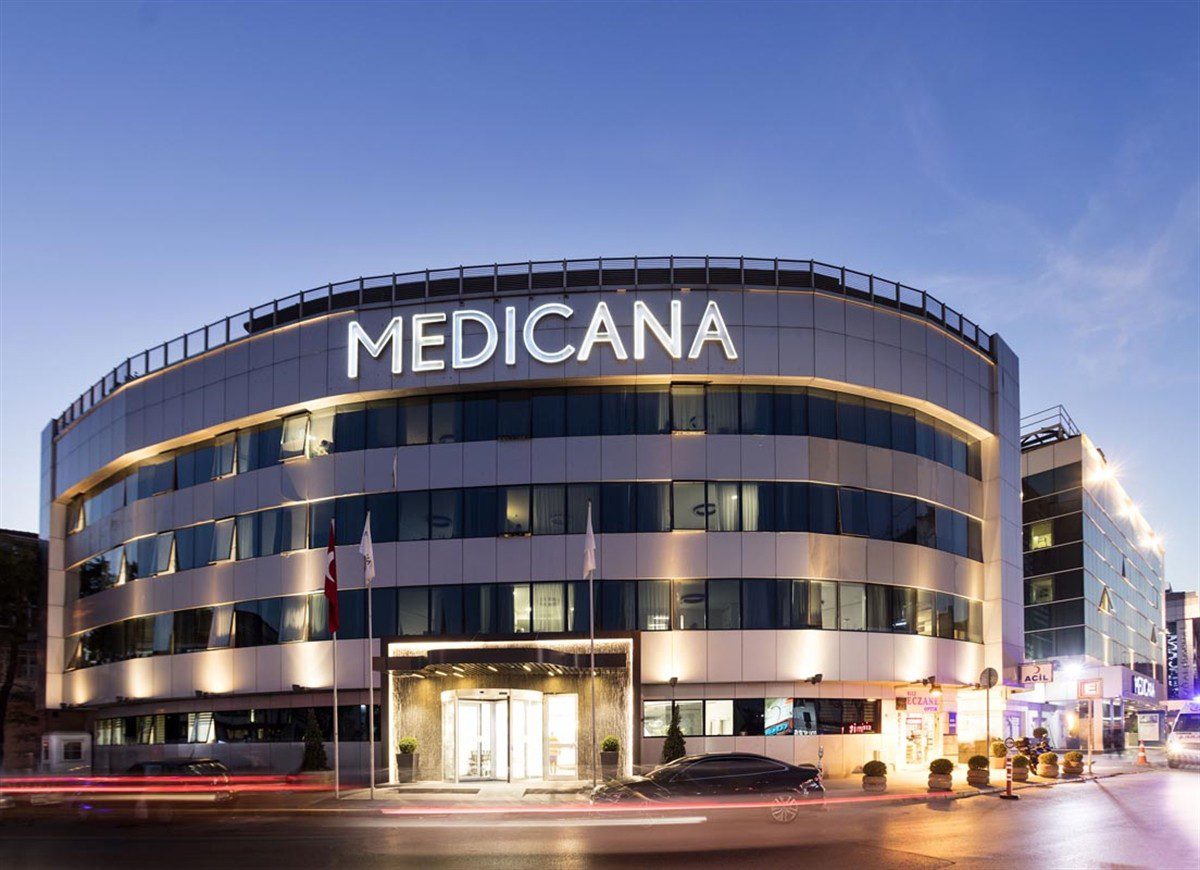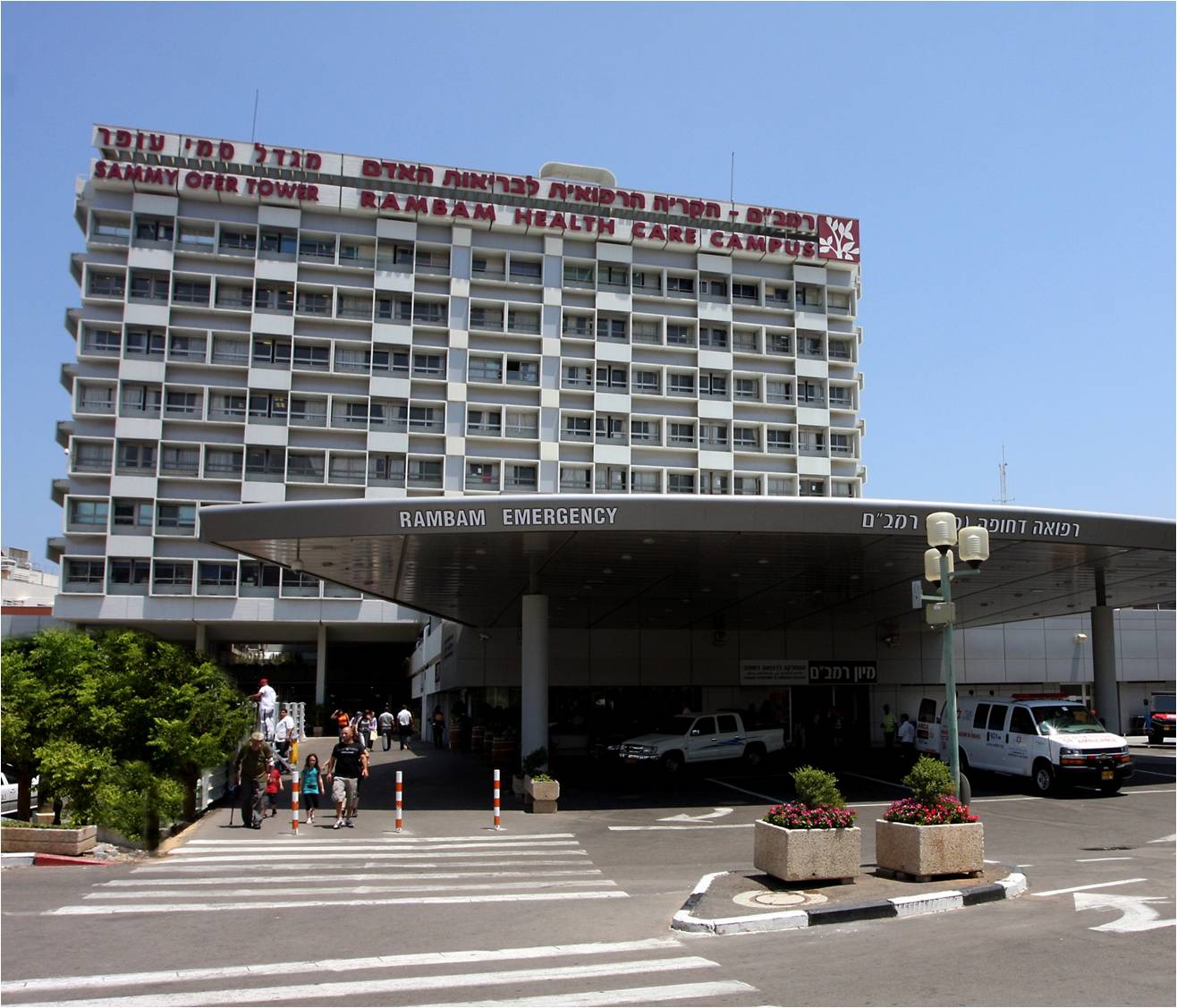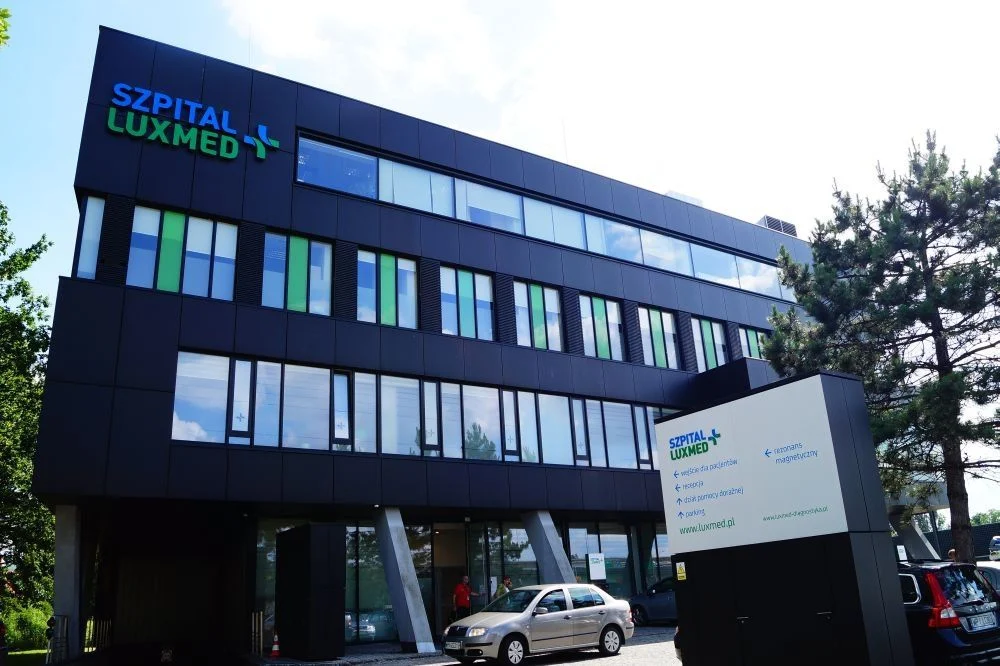Remote surgery is an innovative therapeutic method implemented using cordless network technologies, providing direct communication between patients and doctors located far from each other. Main strength of telesurgery is availability of an expanded range of opportunities, in particular, work with geographical reachless and a deficiency of doctors, minimization of financial expenses, etc. This innovative development helps specialists ensure the accuracy of operations performed and improves their safeness.
Significance of remote surgeries for the medical industry
Tele-surgery became widely used after prompt development of computer technologies and massive introduction of robotic devices in medical communities. Thus, enhancements in doctors training and expansion of therapeutic tools that have become accessible today have helped to ensure remote communication between patients and doctors.
- Quality surgeries are now possible-to-use even in underdeveloped rural territories, on spaceships and submarines. The circle of patients who have the opportunity to receive medical care has expanded significantly. People from remote areas no longer need to seek help from city clinics, which can require significant financial costs. In addition, the possibility of a deterioration in the patient’s condition due to untimely intervention of doctors is excluded.
- Telesurgery instruments combine a whole range of display appliances, so that high-quality videos may be transmitted to doctors who are in remote access.
- This method features high-definition pinpoint action, which minimizes possible damages that could be dangerous to healthy tissues. Robotic system operates using accelerometer mechanisms, which prevents tremors in hands that doctors can experience.
- There is practically no risk of infections entering the body, since physicians and people don’t have contact.
Ensuring safety of remote robotic surgery
Some technical points concern anonymity of people, and the large investment required for equipment and maintenance. Ensuring a high level of anonymity, especially when sending patient data over the network, is of paramount importance. Quite often, cyber attacks and unsteady connections provoke problems in the security of remote surgery. Also, there are often delays in data transfer due to a not very good connection: it increases chances of making inaccurate actions.
Coronavirus has shown another major telesurgery challenge: unequal opportunities in obtaining medical services, particularly, significant difficulties for people with low incomes and pensioners. Operations of this type are quite expensive, which makes them inaccessible to some. The active development of such technologies and additional funding will help reduce the gap between the social strata of the population.
What is telesurgery: how it’s carried out
Remote surgery systems are robots being able to receive and transform information in real time. Since the first tele-systems were put into practice, different types of such mechanisms have been created, including the Da Vinci robots.
Remote surgeries began to be actively implemented after the Lindbergh operation. Modernized technologies have begun to appear that can perform serious operations, enabling doctors to manage several processes at once, switch between the actions performed at lightning speed and fully interact during the operation without losing efficiency and concentration.
Thus, tele-surgical systems let doctors to perform surgeries remotely and using a special console that displays a 3D-model of intervention field. Surgeons use certain controls to perform actions.
Main elements of procedures
- High-definition digital transformation mechanism – a device for processing high-resolution pictures to convert them into 3D-models of intervention area.
- Tele-sensors are hypersensitive sensors that are located at risky points and are used to capture and regulate positions of doctors’ hands.
- Haptic responsiveness: A mechanism that allows the doctor to check stretch, textures and depth of the operation site.
Robot-assisted tele-surgery has great prospects in the future, however, its mass implementation in the medical industry is fraught with certain difficulties, in particular, cybersecurity problems. But the development of these technologies and their improvement will help eliminate these problems.











